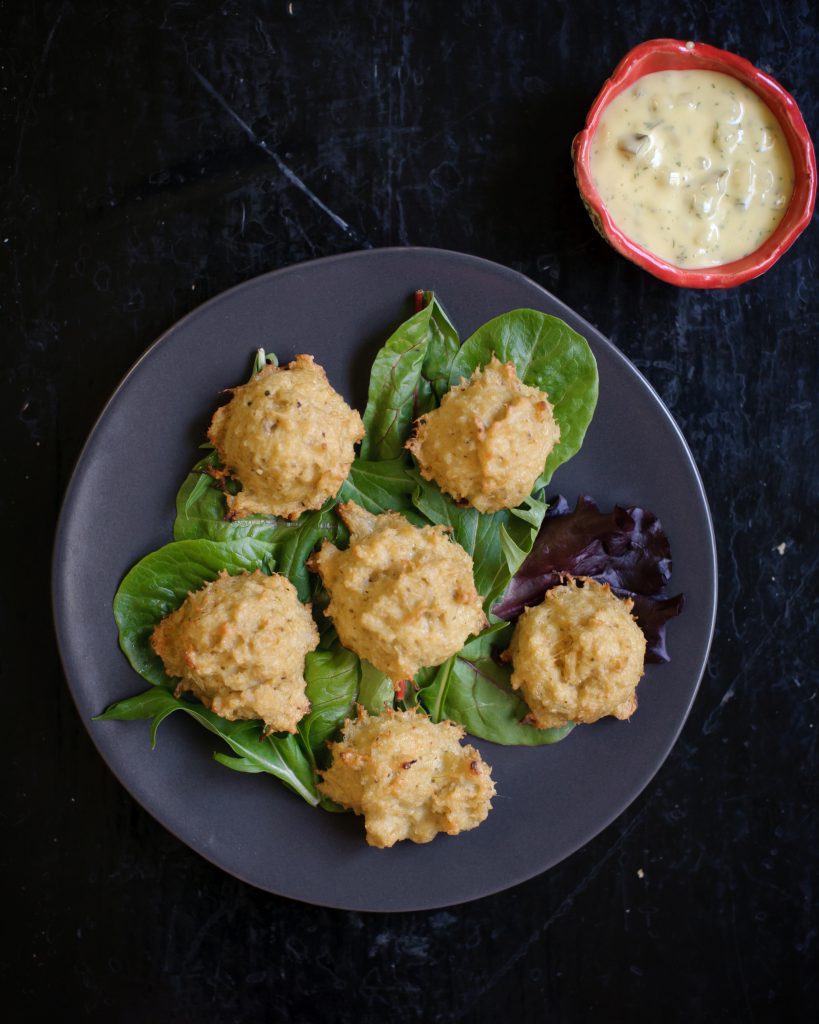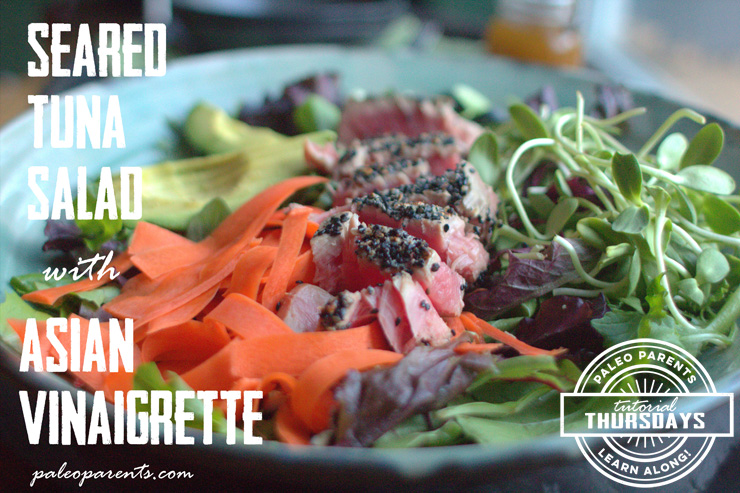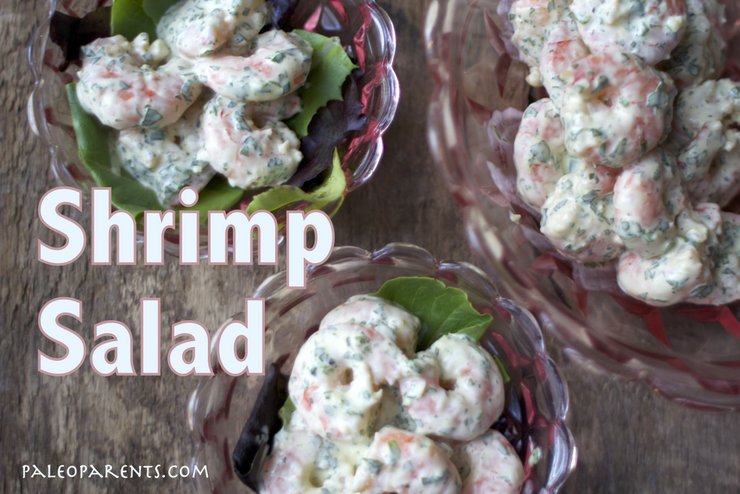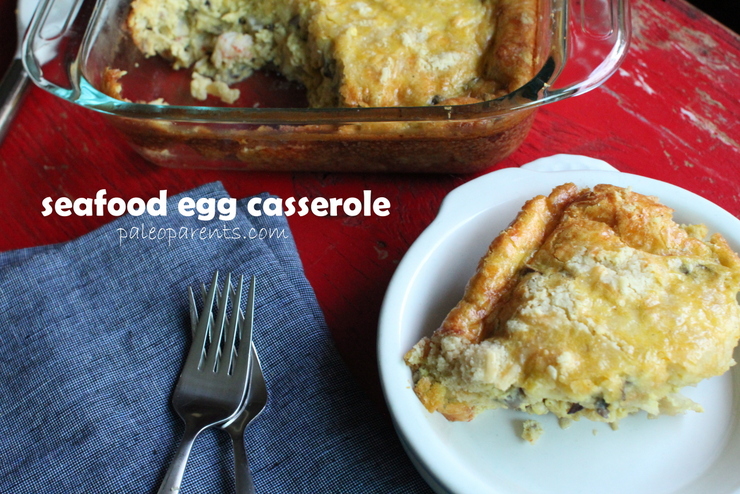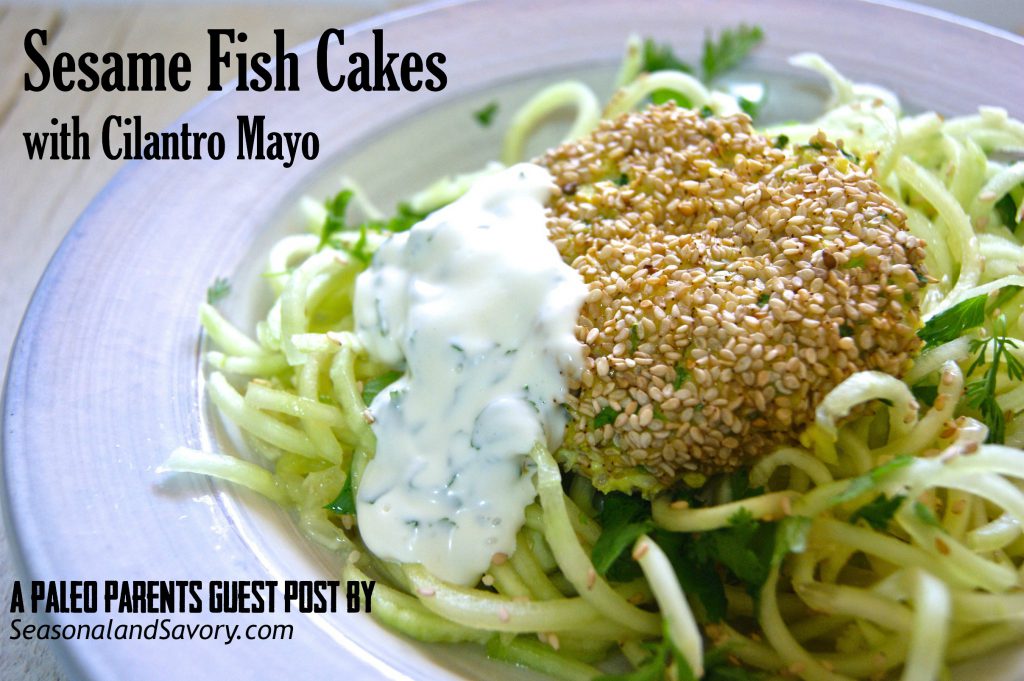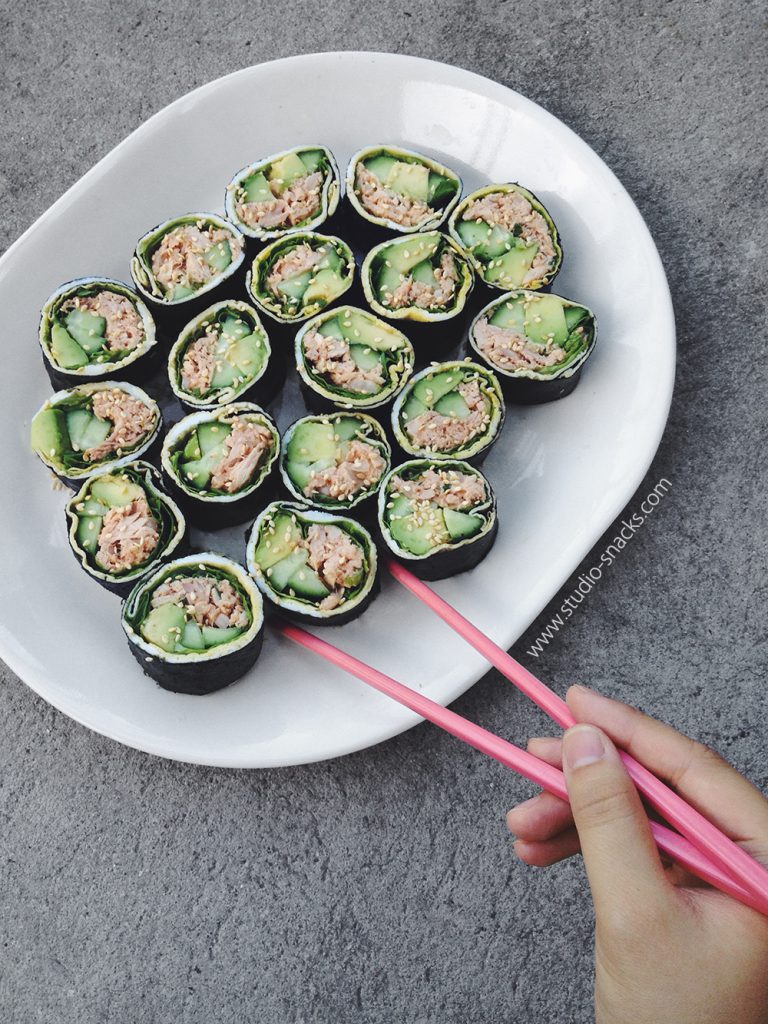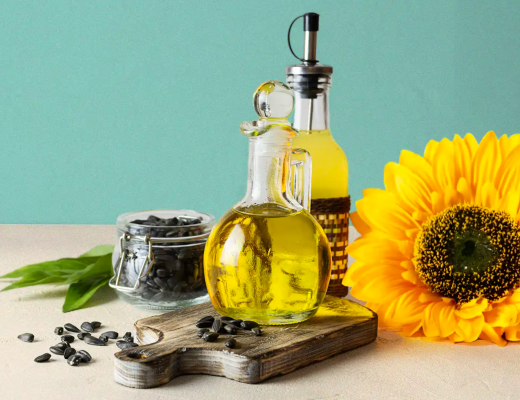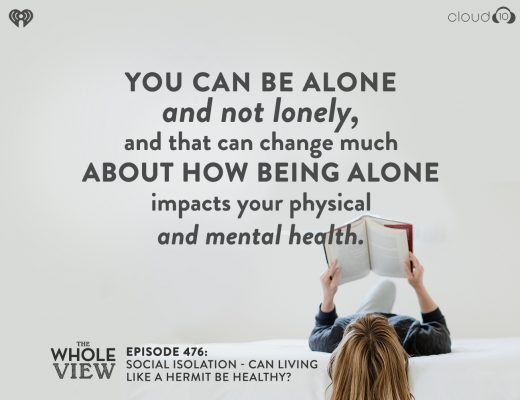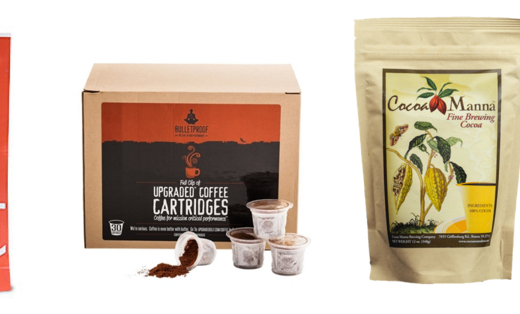Is it blasphemy to share a sustainable seafood recipe roundup when Conspirasea is top of mind? Only if you believe vegan propaganda without questioning any of the outdated and manipulated information. Can commercial fishing be a problem? Absolutely. Is single-use plastic killing the Earth? Without a doubt. Is there a conspiracy to hide the fact that sustainable seafood is impossible in North America? No. Is seaweed good for us? Super! Can it replace seafood? Not even a little.
We share the facts (what’s a myth and what’s fact) from the latest film in ep 451 of the Whole View with 13 pages of science-backed references. If you’re open to learning, I highly encourage you to listen to the facts we found so you can make a fully informed decision.
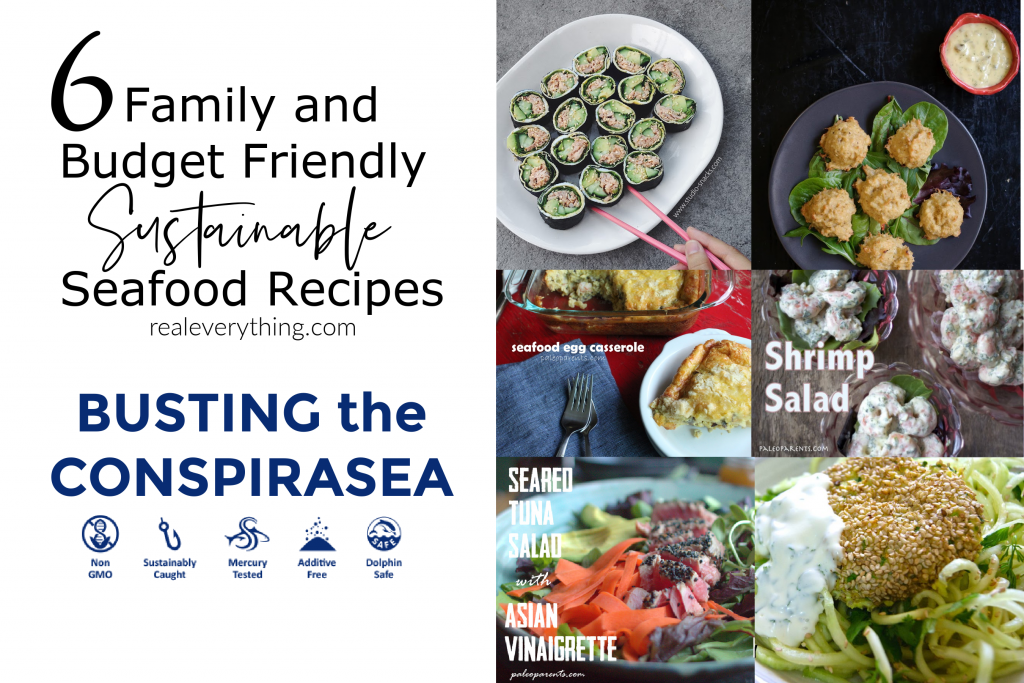
Health Benefits of Seafood
The fact is that seafood is incredibly beneficial to our health for a multitude of reasons. And no, seaweed doesn’t give us the same health benefits:
- Eating more seafood can reduce cardiovascular disease and prevent obesity (reminder: symptom, not cause) and diabetes.
- High amounts of vitamins, minerals, carotenoids, fats, and protein all contribute to these benefits.
- Fish is a great source of vitamins B1, B2, B3, B6, B9, B12 and E, zinc, phosphorus, magnesium, iron, copper, potassium and selenium. Oily, cold-water fish provide substantial amounts of vitamin A and vitamin D as well.
- Fish with bones remaining (such as canned salmon and sardines) are the best dietary sources of calcium in the food supply. Marine fish are an excellent dietary source of iodine.
High Selenium Content
- protect against some cancers,
- enhance bone health,
- maintain thyroid health,
- reduce the risk of infection,
- assist in DNA production, and
- protect the body from free radical damage
Omega-3 Fats EPA and DHA
- reduce inflammation,
- lower blood pressure,
- protect against some cancers (including breast),
- increase insulin sensitivity, and
- improve endothelial function
- Improves gut microbiome composition
Salmon
Or any fish with a similar salmon-pink or orange color also contains the antioxidant carotenoid astaxanthin.
- helps reduce LDL oxidation
- boosts HDL levels, and
- protects against skin damage.
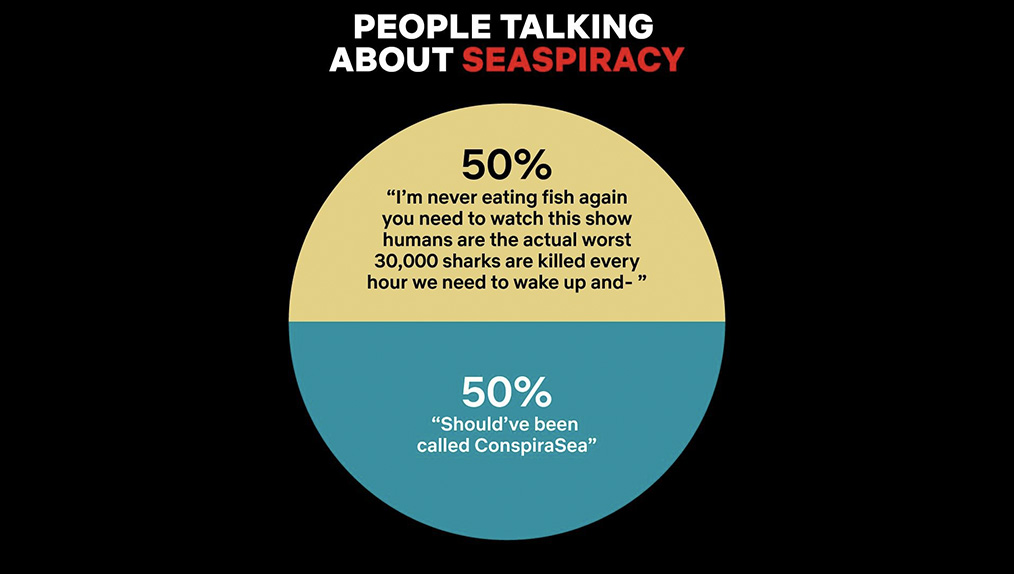
Myth Busting
- In 2006, a study predicted a global collapse of fish species and empty oceans by 2048. However, it was later busted here: https://sustainablefisheries-uw.org/fisheries-2048/
- All the studies referenced were at least 5 years old and are consistently “outliers” against most data.
Commercial Fishing is Highly Regulated
- So much of the “impossible sustainability” is based on the claim that people can be bribed … well yeah, that’s anywhere.
- Because bribery exists, the “documentary” claims you can’t believe anything anyone in the industry says. However, they fail to provide any instances of this so-called bribery.
- The fishing industry is highly regulated. In fact, U.S. fishermen abide by some of the most rigorous environmental measures in the world.
- Both large and small scale fishing boats are regularly inspected to ensure fisheries are protected, and are abiding by sustainable seafood guidelines.
- Fishery management in the United States is guided by several laws, including the Magnuson-Stevens Act, Marine Mammal Protection Act, and Endangered Species Act.
- 10 national standards of sustainability manage U.S. fisheries. These standards aim to prevent overfishing, protect other species and habitat, and minimize bycatch on non-target species.
- Of course, some fish sold in the U.S. originates elsewhere.
- If you’re looking to uphold sustainability, ensure you shop local or see where the fish was caught, or the fishery is located.
- It’s important to note that the main economy of Pacific island nations is fishing. So outlawing the sustainable seafood industry would result in their economic collapse.
Farm Fishing Isn’t Evil
- The “organic waste” referred to repeatedly is poop. Y’all. Poop is not a toxic substance and used as food for organisms like algae.
- Aquaculture, or farming in water, plays a critical role in ensuring that our need for seafood is met sustainably. It’s also a resource-efficient way of increasing and diversifying U.S. seafood production.
- Increasingly, seafood farming (if done responsibly as it is in the United States) is recognized as one of the most environmentally sustainable ways to produce food and protein.
- The future of sustainable seafood must include both farm-raised and wild-caught seafood!
- The dye mentioned is actually astaxanthin (not red dye no. 40): the same red carotenoid pigment found in red algae makes wild fish flesh that distinctive color. It’s an important antioxidant and makes them healthier!
- Because of feed ingredients, the nutrient profile of farmed fish usually isn’t as good as wild. But, it’s still a great choice!
Marine Stewardship Council Certification
- At Whole Foods, the seafood counter displays blue labels from the Marine Stewardship Council (MSC), an international, nonprofit organization.
- The MSC is a prime example of an economic trend: private groups, not the government, tell consumers what is good or bad for the environment.
- The MSC says its label guarantees that the fishers of wild seafood used methods that did not deplete the natural supply; it regularly audits fishermen.
- It also guarantees that fishing companies do not cause serious harm to other life in the sea, from coral to dolphins.
- This certification process is not carried out by the MSC. It is independent and carried out by expert assessment bodies.
- All the assessments can be viewed online at Track a Fishery.
- Only fisheries that meet the rigorous requirements of Standard get certified.
- Check out their rebuttal to Seaspiracy here!
Other labels to look for:
- The Monterey Bay Aquarium labels products like a traffic light — green, yellow or red — to urge shoppers to buy or avoid a particular fish.
- The Blue Ocean Institute has a similar system.
- The Tuna Tracking and Verification Program (TTVP), established under the Dolphin Protection Consumer Information Act, enables NOAA Fisheries to monitor compliance with dolphin-safe tuna labeling. (Reference)
- What about the BAP cert for responsibly farmed fish?
Conspiracies
The “documentary” claims that sustainably sourced labels are lies and all dishonest. It was organized in a very manipulative way where it starts with a fact but shows footage as a representative that isn’t a fact. Stacy shares these examples:
Fact: the length of daily single-line fishing would wrap around the world 500x.
- This does not mean that much line is discarded into the ocean daily- just used.
- The phrasing implies that this amount ends up in the ocean every day, which is not the case.
- In fact, single line fishing is a good thing!
Fact: 250,000 sea turtles are “captured, injured, or killed” in U.S. annually from fishing vessels.
- When fact-checked, you realize that that number includes the ones returned to the ocean after capture or healing from injury.
- This species enjoys legal protections now, so fishing boats rescue and return many to the sea.
- However, the “documentary” conveniently leaves that out to manipulate the impact of the number.
Favorite Sustainable Ingredients
Ready to make an effort to support fishermen getting sustainable seafood the right way? These family friendly seafood recipes are sure to stretch picky palettes, and most can be used with canned or frozen seafood. We always keep our pantry stocked with canned seafood- especially Safe Catch Tuna (every single tuna is tested for mercury levels!) and Wild Planet Pink Salmon. It is the perfect protein for quick lunches or dinners.
And what is seafood if you don’t have REALLY GOOD mayo to go with it?! We mix Chosen Foods Mayo with canned tuna or salmon to top salads with. We make homemade tartar sauce for crab balls and fried fish. And we use it in the dressing for our favorite shrimp salad (recipes below!).
One other “item from the sea” that has become a staple in our house is Kelp Sea Salt. It is a great multi-purpose seasoning that I love sprinkling on things like salads, rice, or vegetables. It’s full of minerals and umami!
Where Do Stacy and Sarah Get Fish?
- Additionally to the above, we love ButcherBox’s sustainable frozen seafood, shipped
- Try your local fishmonger at the farmer’s market or grocery store seafood counter
- Costco, Trader Joe’s, Wegman’s and tons of vendors now sell Alaskan and/or certified sustainable seafood including frozen varieties
- We look for farmed shrimp and dolphin-safe line-caught tuna, and are lucky to have access to local shellfish
Recipes
Crab Balls
Served with some fermented krauts and over fresh greens with a citrus vinaigrette, it is SUPER easy, quick and perfectly refreshing after a super hot long day. Perfectly brown on the outside and soft on the inside. Or, try them with some fresh horseradish mayo (or as Finian insists, guacamole goes with everything) and enjoy!
Seared Tuna Salad with Asian Vinaigrette
It may seem fancy, but this is quick and easy for any novice cook! If the rawness or cost of tuna worries you, try this recipe with high quality canned tuna.
Eastern Market’s Shrimp Salad
One of my all time favorite market salads, reinvented! And dare I say, may be better!
Seafood Egg Casserole
No need to spend hours in the kitchen with this decadent dish. Like a souffle, but so much easier! Any bite size seafood would suit in this dish, including crab meat and small shrimp, as long as they are bite sized.
Sesame Fish Cakes
Budget friendly and delicious! Great with any kind of dipping sauce to get your pickiest of eaters to try them, but the cilantro mayo is a MUST if you don’t have that weird soap thing.
Spicy Tuna Rolls
Perfect for the lunch box for any age! We love these tuna rolls any time of year – and bonus, you get seaweed with it, too!
Great Resources
- sustainablefisheries-uw.org/start-here/
- www.fisheries.noaa.gov/feature-story/5-things-you-should-know-about-sustainable-seafood
- msc.org/media-centre/news-opinion/news/2021/03/26/response-to-netflix-seaspiracy-film
- pubmed.ncbi.nlm.nih.gov/31932439/
- oceanservice.noaa.gov/facts/microplastics.html
Wanna save this for later or share with friends? Pin it!

Never want to miss a post, sale, or deal? Join my Healthy Inside & Out e-mail list for more info on non-toxic living and safer skincare!
Want more info on our Real Life? Healthy recipes, parenting tips, and general lifestyle stuff goes out in our Real Everything newsletter, join here.


